
Contextual Anomaly Detection in AI: Guide
Contextual anomaly detection in AI spots unusual data patterns within specific situations. Here's what you need to know:
- Finds data points that are odd in context, but normal otherwise
- Used in cybersecurity, finance, healthcare, and manufacturing
- Helps catch threats, stop fraud, spot diseases, and predict breakdowns
Key concepts:
- Behavior: What's being measured
- Context: Setting for the measurement (time, location, season)
Detection methods:
- Statistical (e.g., Extreme Value Theory)
- Machine Learning (e.g., k-Nearest Neighbors)
- Deep Learning (e.g., neural networks)
- Combined techniques
Challenges:
- Handling complex data
- Adapting to changing contexts
- Balancing alert frequency
- High computing power needs
Real-world applications:
- Cybersecurity: Spotting unusual network activity
- Finance: Flagging suspicious transactions
- Healthcare: Early disease detection
- Industry: Predicting equipment failures
| Field | Example Use |
|---|---|
| Cybersecurity | Detecting odd login times |
| Finance | Spotting unusual spending patterns |
| Healthcare | Finding early signs of disease |
| Industry | Monitoring machine performance |
Contextual anomaly detection is powerful but needs human oversight to work best.
Related video from YouTube
Basics of Contextual Anomalies
Defining Contextual Anomalies
Contextual anomalies are data points that seem normal alone but weird in context. Think of a penguin in the desert - fine by itself, bizarre in that setting.
The key? These anomalies only show up when you consider the bigger picture. A data point might look okay until you factor in time, location, or other related info.
Comparing Anomaly Types
Here's a quick breakdown of main anomaly types:
| Type | Description | Example |
|---|---|---|
| Point | Single, way-off data points | $10,000 charge on a card with usual $100 purchases |
| Contextual | Data points weird only in certain situations | 100°F temperature in winter |
| Collective | Groups of data points that seem off together | Multiple failed logins across accounts at 3 AM |
Why Context Matters
Context is crucial for spotting these tricky anomalies. Here's why:
1. Better accuracy: You catch things that might slip through otherwise.
2. Fewer false alarms: You can tell real problems from harmless blips.
3. Deeper insights: You might spot patterns or issues hidden in raw numbers.
Check out this real-world example:
An e-commerce platform saw a 500% traffic spike at 2 AM in March 2022. Looked like a DDoS attack at first. But factor in their just-launched flash sale in a different time zone? Mystery solved. Context turned a potential crisis into a win.
Key Concepts in Contextual Anomaly Detection
Contextual anomaly detection is all about finding weird data points that only look odd in certain situations. Let's break it down:
What's the Deal?
Imagine you're playing "spot the difference" with data. Sometimes, a data point looks totally normal on its own, but when you consider its surroundings (context), it sticks out like a sore thumb. That's a contextual anomaly.
The Building Blocks
To spot these sneaky anomalies, we need two main ingredients:
- Behavior: What we're actually measuring (like temperature or website visits)
- Context: The setting for that measurement (like time of year or user location)
Types of Context
Context comes in different flavors:
| Type | What It Means | Real-Life Example |
|---|---|---|
| Time | When it happens | Tons of website traffic at 3 AM |
| Location | Where it occurs | Snow in Florida |
| Seasonal | Recurring patterns | Cranking the AC in winter |
| Domain-specific | Field-unique stuff | Weird vitals for a patient's age |
Why It Matters
Here's a real-world example of contextual anomaly detection in action:
Amazon's fraud detection system once flagged a $500 purchase from a New York user as suspicious. The amount wasn't unusual, but the location was - this user typically shopped from California. This contextual red flag helped Amazon prevent potential fraud.
Methods for Detecting Contextual Anomalies
Spotting contextual anomalies isn't easy. But we've got some smart tricks up our sleeves. Here are four main ways to catch these sneaky data points:
Statistical Methods
These use math to find the oddballs. How? They:
- Create a "normal" model
- Flag anything that doesn't fit
Two big players here:
- Extreme Value Theory (EVT): Catches super rare events
- Gaussian Mixture Models (GMM): Groups data, then finds the misfits
Machine Learning Approaches
These methods learn from data to spot the weird stuff. Some popular ones:
| Method | What It Does |
|---|---|
| k-Nearest Neighbors (KNN) | Checks if a point is the odd one out |
| One-Class SVM | Draws a line between normal and strange |
| Random Forest | Uses a bunch of decision trees to vote on oddities |
| Isolation Forest | Quickly picks out the strange points |
Deep Learning Methods
Deep learning uses big neural networks to find tricky patterns. It's great for complex data like images or text. Key players:
- Feedforward neural networks
- Recurrent neural networks (RNNs)
- Autoencoders
Combined Techniques
Mixing methods often gets the best results. For example:
A 2019 stroke prediction study found that combining density-based methods (like DBSCAN) with other machine learning tools boosted performance.
By mixing it up, you catch more types of anomalies and cut down on false alarms.
The best method? It depends on your data and what you're after. Try a few and see what works best for your specific case.
sbb-itb-4f108ae
Problems in Contextual Anomaly Detection
Contextual anomaly detection isn't a walk in the park. Here are the main headaches:
Complex Data Headaches
Imagine trying to spot a needle in a haystack. Now imagine that haystack is made of time-series data from industrial sensors, or a mix of text, images, and numbers. That's what we're dealing with here.
"It's like trying to solve a Rubik's cube blindfolded", says a data scientist at a tech giant. "You've got all these moving parts, and you're never quite sure if you've got it right."
Context: It's Always Changing
Remember when COVID-19 hit? Yeah, anomaly detection models remember too. They had a rough time.
Normal patterns suddenly looked weird, and weird stuff started looking normal. It's like someone changed the rules of the game without telling anyone.
The Goldilocks Problem
Too many alerts? People stop paying attention. Too few? You might miss something big. It's a tricky balance.
| Too Many Alerts | Too Few Alerts |
|---|---|
| Cry wolf syndrome | Miss critical issues |
| Waste resources | Security risks |
Here's a scary thought: IBM says it takes about 277 days to spot a data breach. That's NINE MONTHS. Yikes.
Hungry for Power (Computing Power)
These systems are like teenagers - they eat a lot and they're always hungry for more. Especially when you're:
- Analyzing data in real-time
- Dealing with data that has more dimensions than a sci-fi movie
- Using fancy machine learning models
Imagine analyzing millions of bank transactions every second. That's a lot of number crunching.
So, what are the smart folks doing about all this? They're cooking up some pretty cool solutions:
- Fancier machine learning tricks
- Better ways to prep data
- Mixing old-school stats with new-school AI
- Cloud computing (because who doesn't love the cloud?)
It's not easy, but hey, nobody said catching bad guys (or broken machines) was supposed to be simple.
Real-World Uses of Contextual Anomaly Detection
Contextual anomaly detection is making a big impact across various fields. Here's how it's being used:
Cybersecurity
In cybersecurity, contextual anomaly detection acts like a tireless watchdog. It spots unusual behavior that could signal trouble.
IBM's AI system analyzes network traffic, system logs, and user actions 24/7. It's like having a security guard who knows exactly what "normal" looks like.
"When you think about the amount of data on a network, you want to see what is normal and what is suspicious", says Andrew Stewart, Senior Federal Strategist at Cisco.
Here's an example:
| Normal Behavior | Anomaly Detected | Action Taken |
|---|---|---|
| HR manager logs in at 10 AM | Same manager logs in at 3 AM | System flags for investigation |
Financial Fraud Detection
Banks and credit card companies use this tech to catch fraudsters. Their systems analyze spending patterns and transactions in real-time.
If you usually buy groceries in New York, but suddenly there's a big jewelry purchase in Paris, the system raises a red flag.
Medical Applications
In healthcare, spotting anomalies can save lives. AI systems analyze patient data to find early signs of diseases.
Google's DeepMind Health looks at medical images and spots things human eyes might miss, like tiny tumors or hidden fractures.
Industrial Equipment Monitoring
Factories use contextual anomaly detection to keep machines running smoothly.
Siemens' AI system listens to industrial equipment, spotting tiny changes that could mean trouble later on.
Climate Data Analysis
Climate scientists use these techniques to understand our changing planet.
They analyze data from weather stations, satellites, and ocean buoys. The AI helps spot unusual patterns that could indicate climate shifts or extreme weather events.
In each field, contextual anomaly detection works like a super-smart assistant that never gets tired and always knows what's out of place. It's not perfect, but it's changing the game in big ways.
Conclusion
Contextual anomaly detection in AI is changing the game across industries. It's not just about finding weird data points - it's about seeing the big picture.
Here's the scoop:
- It's EVERYWHERE: From catching bank fraud to keeping factory machines running.
- It's SMART: AI can spot issues that even experts might miss.
- It's FAST: Problems get caught and fixed in real-time.
- It handles BIG DATA: These systems can crunch massive amounts of info.
But it's not all smooth sailing. There are still some bumps:
| Challenge | What's the Deal? |
|---|---|
| Data Quality | Systems need good data to work right |
| False Alarms | Too many alerts and people stop paying attention |
| Ethics | Privacy and bias are tricky issues |
What's next? We'll likely see:
- More tech mashups with IoT and blockchain
- Even smarter algorithms, especially in deep learning
- More industries jumping on board
The bottom line? Contextual anomaly detection is powerful, but it's not magic. It needs human smarts to really shine.
As Andrew Stewart from Cisco puts it:
"When you think about the amount of data on a network, you want to see what is normal and what is suspicious."
That's the heart of it - helping us spot what's truly weird in our data-packed world.
FAQs
What is contextual anomaly detection?
Contextual anomaly detection in AI finds unusual data points by considering their surroundings. It's not just about odd numbers - it's about things that don't fit their environment.
Here's the gist:
- Splits data into context and behavior
- Finds oddities in specific settings
- Normal in one case might be weird in another
For example:
| Scenario | Normal | Anomaly |
|---|---|---|
| Holiday shopping | $300 on clothes | $300 on clothes |
| Regular Tuesday | $50 on clothes | $300 on clothes |
As of August 2023, this method is crucial for spotting issues in complex data sets. It's not just numbers - it's about when those numbers don't make sense.
Why care? It catches problems simple checks might miss. Think fraud detection or machine monitoring - context is key.
What's normal changes based on time and place. Contextual anomaly detection keeps up with these shifts, making it a smart tool in our data-heavy world.
Related posts
Explore Zemith Features
Introducing Zemith
The best tools in one place, so you can quickly leverage the best tools for your needs.
All in One AI Platform
Go beyond AI Chat, with Search, Notes, Image Generation, and more.
Cost Savings
Access latest AI models and tools at a fraction of the cost.
Get Sh*t Done
Speed up your work with productivity, work and creative assistants.
Constant Updates
Receive constant updates with new features and improvements to enhance your experience.
Features
Selection of Leading AI Models
Access multiple advanced AI models in one place - featuring Gemini-2.5 Pro, Claude 4.5 Sonnet, GPT 5, and more to tackle any tasks

Speed run your documents
Upload documents to your Zemith library and transform them with AI-powered chat, podcast generation, summaries, and more
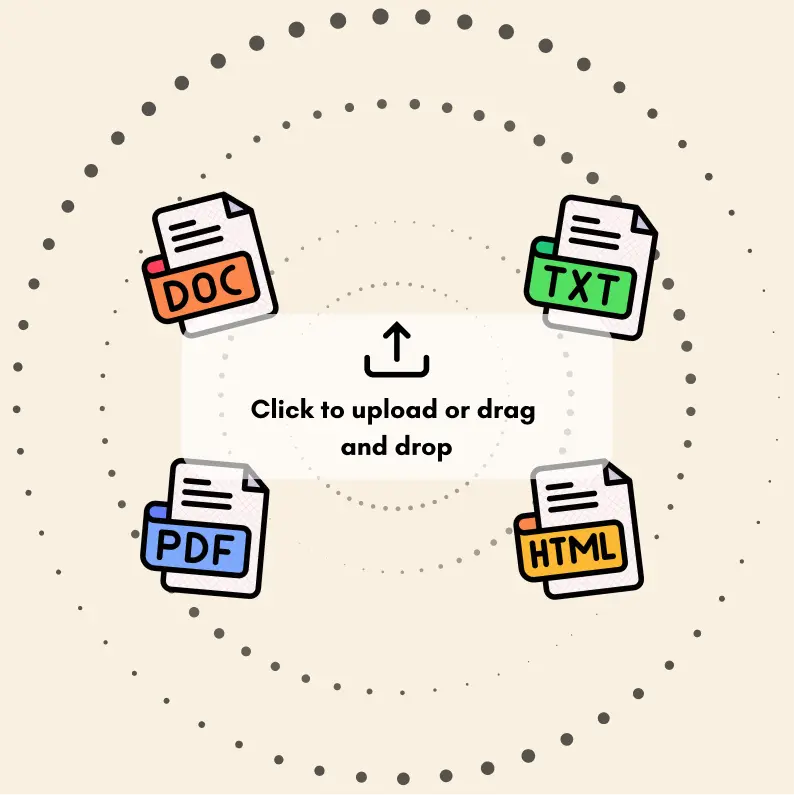
Transform Your Writing Process
Elevate your notes and documents with AI-powered assistance that helps you write faster, better, and with less effort
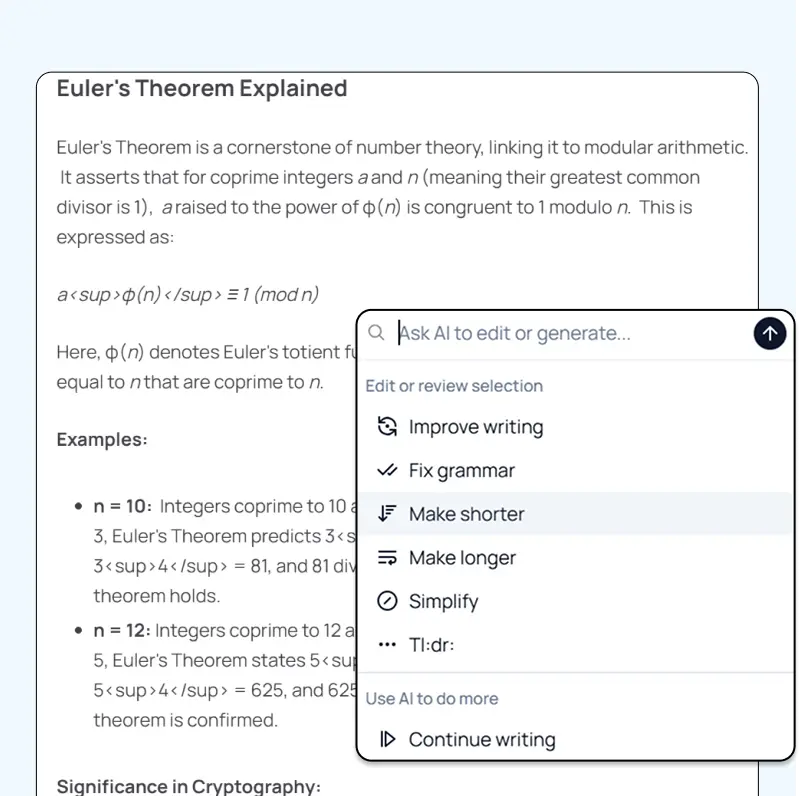
Unleash Your Visual Creativity
Transform ideas into stunning visuals with powerful AI image generation and editing tools that bring your creative vision to life
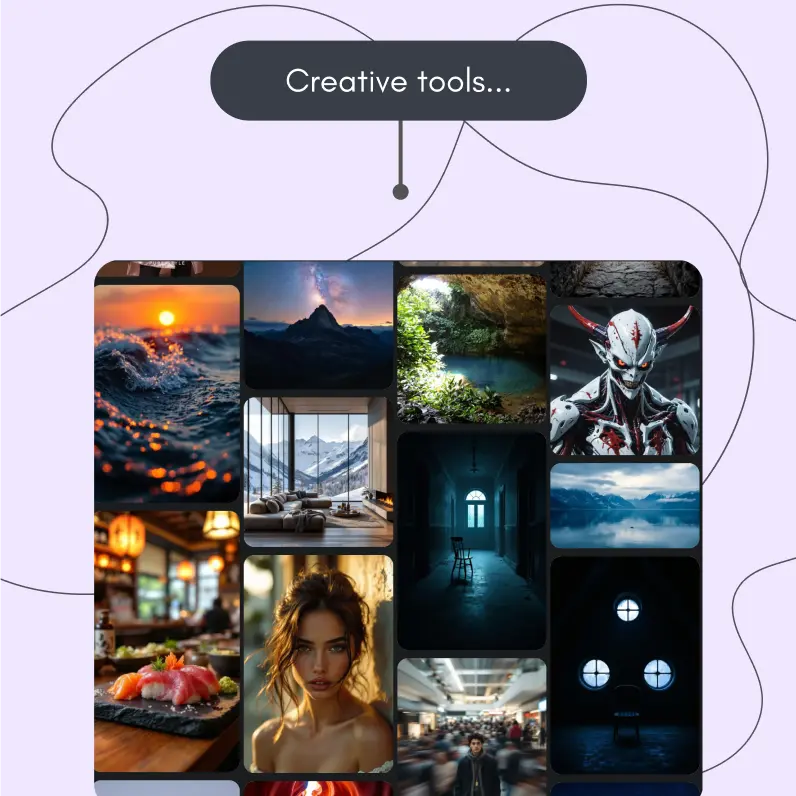
Accelerate Your Development Workflow
Boost productivity with an AI coding companion that helps you write, debug, and optimize code across multiple programming languages
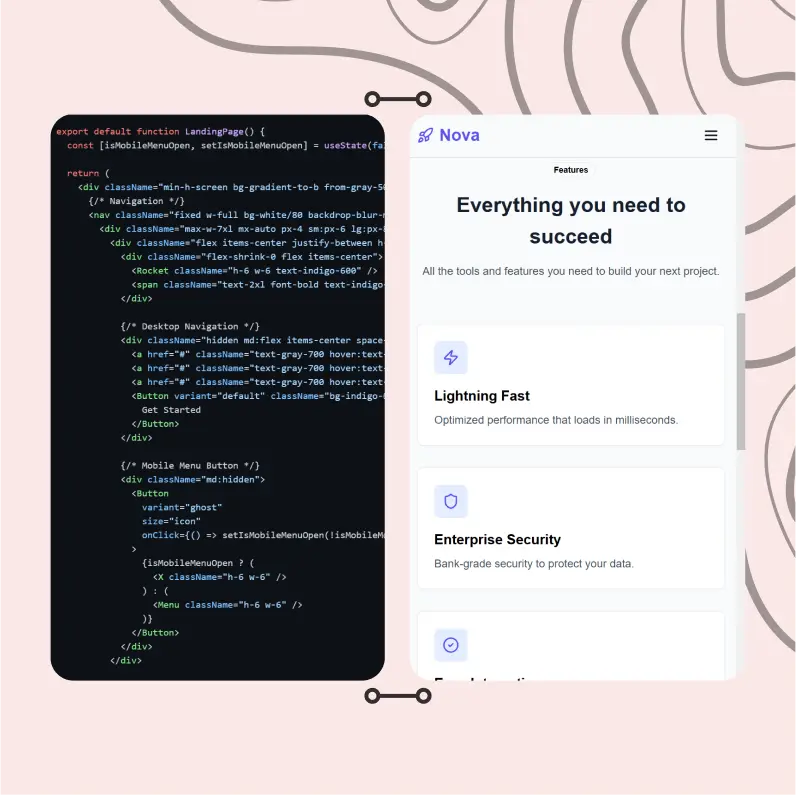
Powerful Tools for Everyday Excellence
Streamline your workflow with our collection of specialized AI tools designed to solve common challenges and boost your productivity
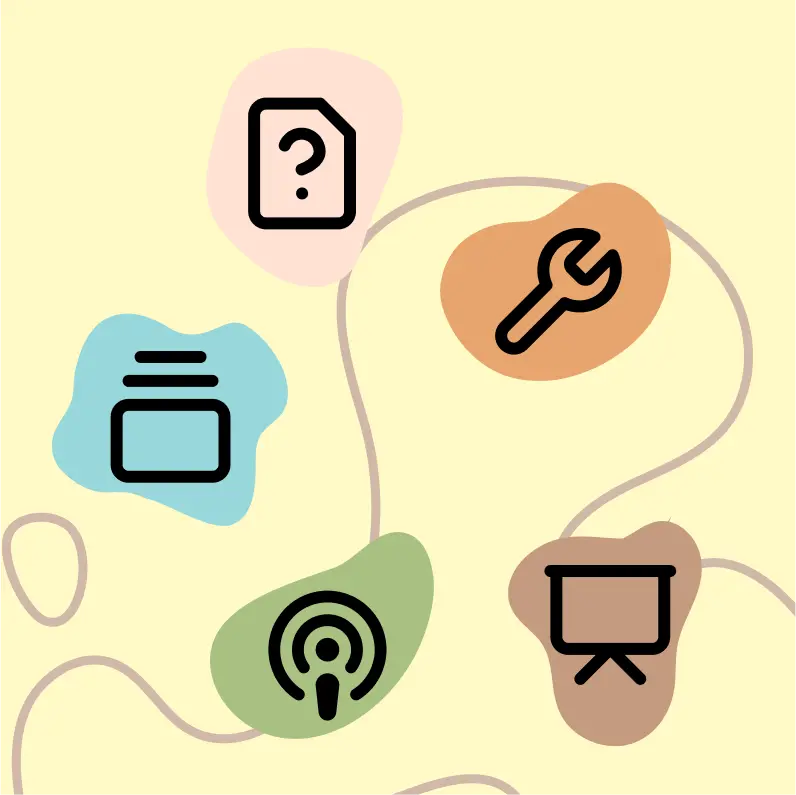
Live Mode for Real Time Conversations
Speak naturally, share your screen and chat in realtime with AI
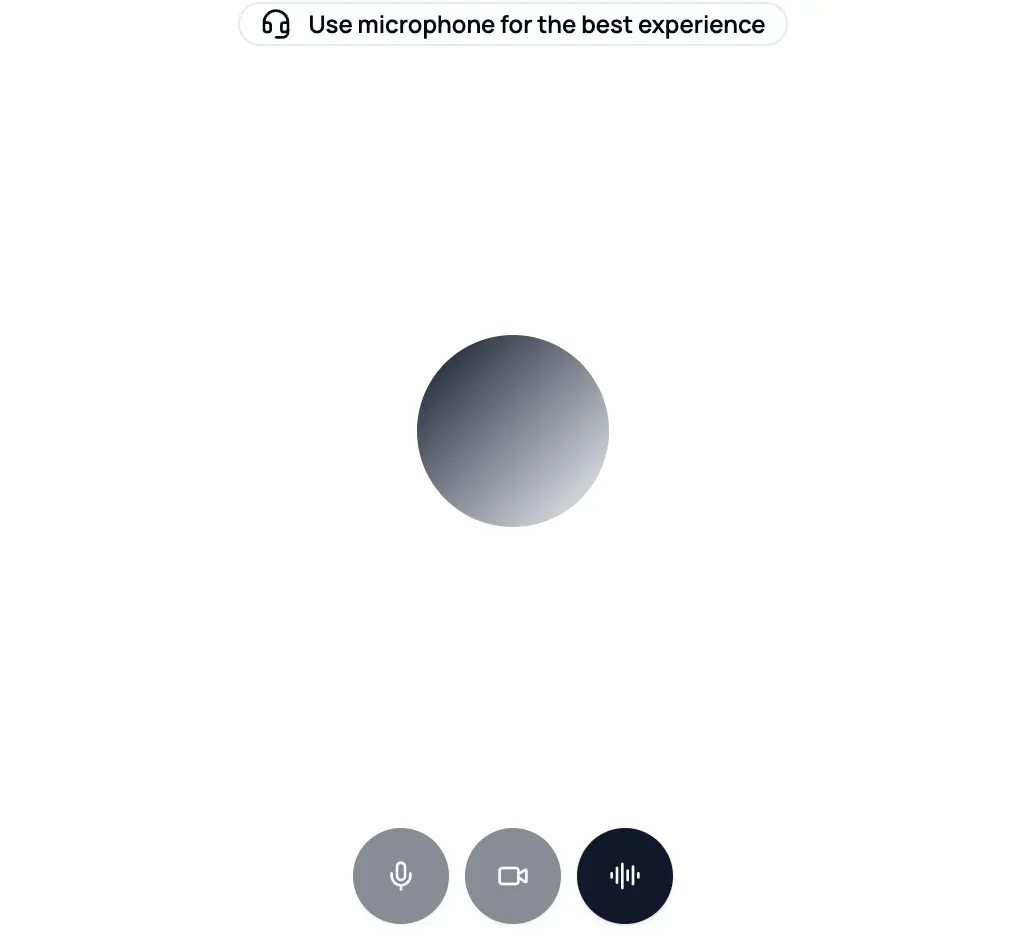
AI in your pocket
Experience the full power of Zemith AI platform wherever you go. Chat with AI, generate content, and boost your productivity from your mobile device.

Deeply Integrated with Top AI Models
Beyond basic AI chat - deeply integrated tools and productivity-focused OS for maximum efficiency
